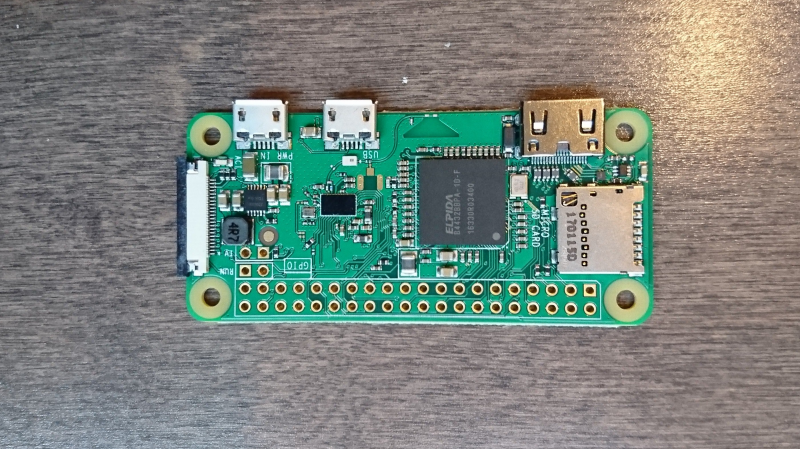Enabling WiFi and SSH on a Raspberry Pi in Ubuntu 16.04
There are several ways to interface with a Raspberry Pi device. The most straight-forward way is probably to plug in a USB keyboard and monitor. However, it can be seen as more convenient to SSH into the device and work with it over WiFi, especially if it’s a headless device.
One of the most popular operating systems for the Raspberry Pi is Raspbian. There’s a non-desktop version of it called Raspbian Lite. It’s simple to flash Raspbian Lite onto a micro-SD card. Once the operating system is flashed, it’s even simpler to get Raspbian connected to WiFi and accept SSH clients.
Mount the rootfs and boot Partition of SD Card
Ubuntu automatically mounts the boot and rootfs partitions when the micro-SD card is plugged into the computer.
If not, they can be mounted manually on the command line. This guide from Techwalla describes how to use mount to read an SD card in Linux.
Automatically connect to a WiFi Network
In order to conect to a wireless network on boot, we need to supply Raspbian with the SSID and password. This is done by adding an entry to /etc/wpa_supplicant/wpa_supplicant.conf in the rootfs partition:
network={
ssid="SSID for Wireless Network"
psk="PasswordForWiFi"
}After saving the file, Raspbian will attempt to connect to the wireless network on boot.
Enable SSH
Assuming the WiFi connection is set up properly, we can enable SSH connections to Raspbian by adding a new file named ssh to the boot partition:
sudo touch /media/boot/sshWith the file in the right place, Raspbian wll enable SSH on boot.
Get the IP address of the Raspberry Pi
There are various ways to get the IP address of the Pi. If we wanted to, we could even set up a static IP on the Pi.
However, the easiest method for me was to log into my router (ex. http://192.168.0.1) and find the DHCP client list:
There, I found the Pi Zero under raspberrypi, with its MAC address and IP assigned to it.
Booting the Raspberry Pi and SSH-ing In
If everything is configured properly, we can boot up the Raspberry Pi and SSH into the device with the IP address and default credentials:
- Username: “
pi” - Password: “
raspberry”
ssh pi@192.x.x.109Conclusion
Now, we can work on the Raspberry Pi from another computer, rather than another keyboard and monitor!
Questions, concerns, or corrections? Let me know in the comments!


